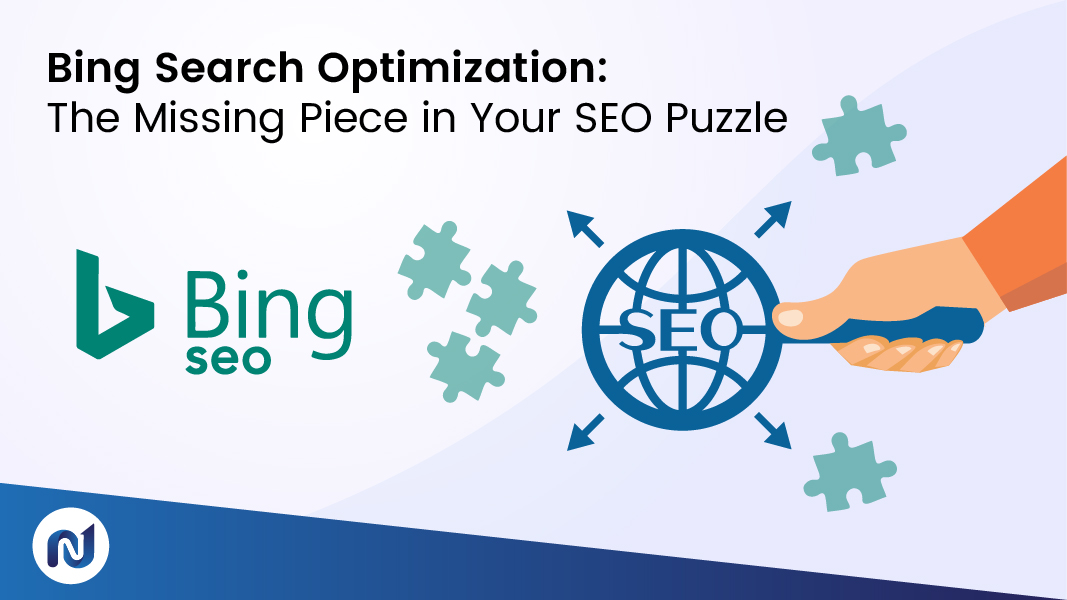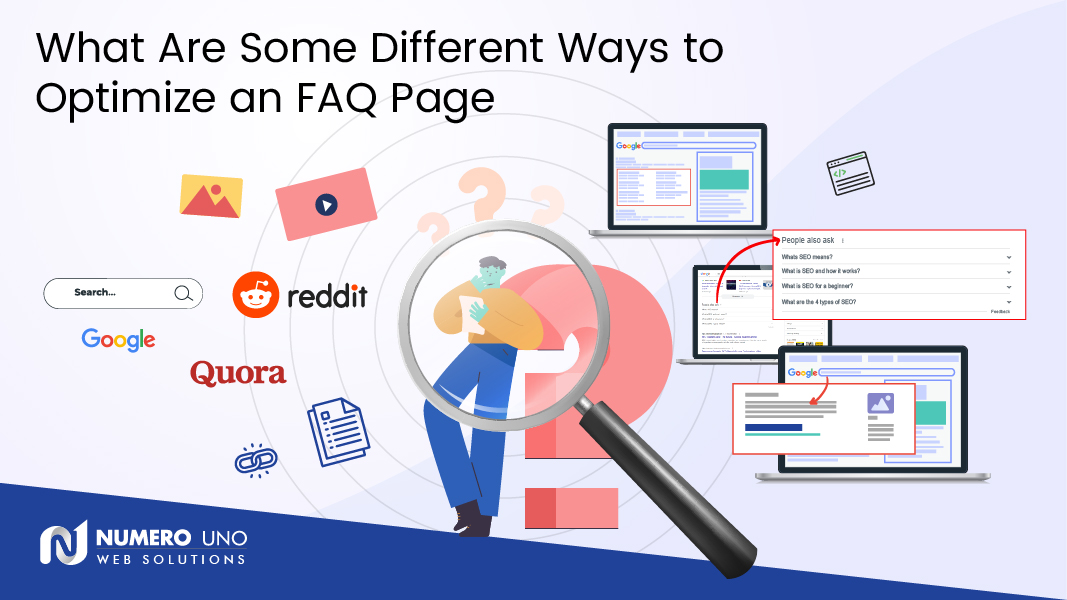
Google’s mobile indexing efforts have been in the making for several years now. In fact, the tech mogul initiated the process all the way back in 2016. Earlier this year, Google announced its intentions to transfer all websites to the mobile-first model by September. Unfortunately, the current global pandemic thwarted those plans, with many small- and medium-sized businesses forced to focus their attention on other more pressing matters.
In July, Google announced that they are extending the timeline to the end of March 2021 to give businesses more time to prepare their websites or to make the necessary backend changes themselves. Most business websites are already in compliance with Google’s new mobile-first indexing guidelines. Going forward, all new websites will automatically accommodate mobile-first indexing. But for those that aren’t up to speed on how this works, here’s everything you need to know so far.
What Is Mobile-First Indexing?
We’ve talked about mobile-first indexing in past articles when it was still a fairly new concept. Back then, Google was intent on maintaining an evenly split index between mobile and desktop. The idea was to give businesses with strictly desktop or Accelerated Mobile Pages (AMP) a chance to compete with the growing mobile-indexing algorithm in terms of SERP rankings and visibility.
Considering the consistently growing popularity of mobile websites, however, it makes sense for Google to focus more and more on mobile-first indexing algorithms.
Mobile-first indexing simply means that Google will now prioritize mobile websites over desktop websites in search rankings.
Same Content for Mobile and Desktop Devices
For the time being, Google is suggesting that developers make very little to no content changes for the mobile and desktop versions of their websites as this will make the transition to strictly mobile-first indexing a lot easier. Google is also including a warning in the documentation of their guideline.
The warning states that if developers are going to include less content on their mobile pages than desktop pages, then they should “expect some traffic loss” once the sites transition to mobile-first indexing. The reason for this traffic loss is that less information will be available to Google and therefore some content won’t appear on the new mobile versions of business’s websites.
Until your website has transitioned to the mobile-first indexing model, it’s best to just keep all of the content between both mobile and desktop versions identical to ensure consistency on both platforms.
Crawling
In SEO, crawling is the process of a search engine reading through the information or content on your website to match it with a specific search term. Every time users perform a search, Google and other search engines such as Bing will crawl through thousands of websites in a matter of seconds to identify exact keywords in content or relevant content.
Search engines have become increasingly sophisticated and intuitive over the years. As a result, they have the capability to not only match content with the specific characters included in keyword searches, but they can also understand the intent behind certain searches to present more relevant search results for users.
Crawling algorithms, also known as searchbots or in Google’s case, Googlebot, rely on meta robot tags on mobile and desktop versions of websites in order to locate specific content. To maintain the Googlebot’s high performance rates, Google has advised developers not to tamper with their meta robot tags on their mobile or desktop websites.
Google also discourages what they refer to as “lazy-loading” content. This is content that typically relies on user interaction such as swiping, clicking, or typing. Once mobile-first indexing is enabled, Google may be unable to crawl websites with lazy-loading content, which means it will either rank low on SERPS or won’t appear at all.
Another piece of advice Google has regarding crawling is to let the search engine crawl the URLs of your resources. Developers need to make sure that the Googlebot’s ability to crawl every URL on their mobile-friendly webpages aren’t blocked by the “disallow” directive.
Keep Structured Data the Same on Mobile and Desktop
Also known as schema markup in the tech industry, structured data is data that’s presented in an organized fashion on webpages. Each content portion is skillfully and purposefully placed in a specific part of each webpage to simplify readability and make it easier for search engines to crawl websites.
Web developers use structured data or schema markups to signal to search engine crawlers like Googlebot when they’ve found the information that the user was looking for. Enhanced search or keyword intent recognition has also made this process a lot easier.
Google is advising developers to keep their data structures the same across both mobile and desktop versions of their websites to maintain content accuracy and consistency.
Visual Content
Google has a number of recommendations for visual content on both mobile and desktop websites. All images should be high resolution and appropriately formatted to fit within the structure of each page.
Unsupported image formats most likely won’t appear on SERP pages or they will rank very low because they’re harder for search engines to find.
Google also advises against using “URLs that change every time the page loads for more images” as this makes it impossible to process and index resource URLs that are constantly changing.
Lastly, the content quality on your mobile pages should be the same as the content that appears on your desktop webpages. Descriptive titles, texts, file names, and captions related to certain images should also be the same so that Google can process and index them appropriately.
Strategic Ad Placement
Believe it or not, ad placement has a huge impact on user experience. Ads that are placed at the very top of mobile webpages can obscure readability and annoy users. Refrain from incorporating popup ads throughout your content as well. The best way to incorporate ads into your webpages without disrupting content flow and readability is to strategically integrate it into your structured data.
If you need help navigating Google’s new and constantly evolving mobile-first indexing guidelines, then Numero Uno Web Solutions can help. From website building to social media and e-commerce brand management, content creation, and more, we have a well-rounded team of SEO experts that can help you establish a strong online presence and build customer relationships. Contact us to learn more about our services.



